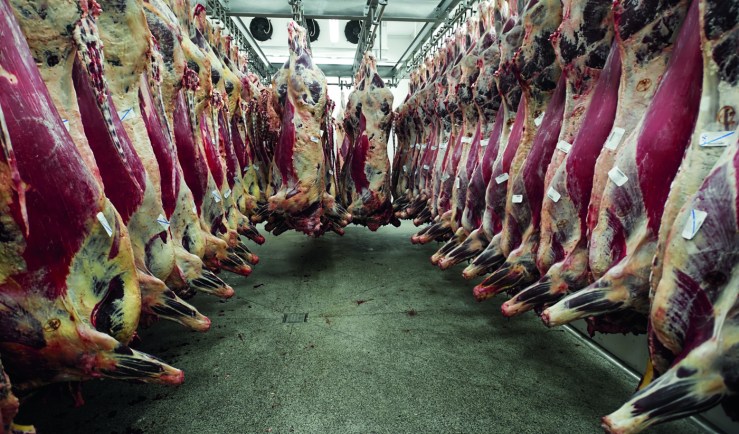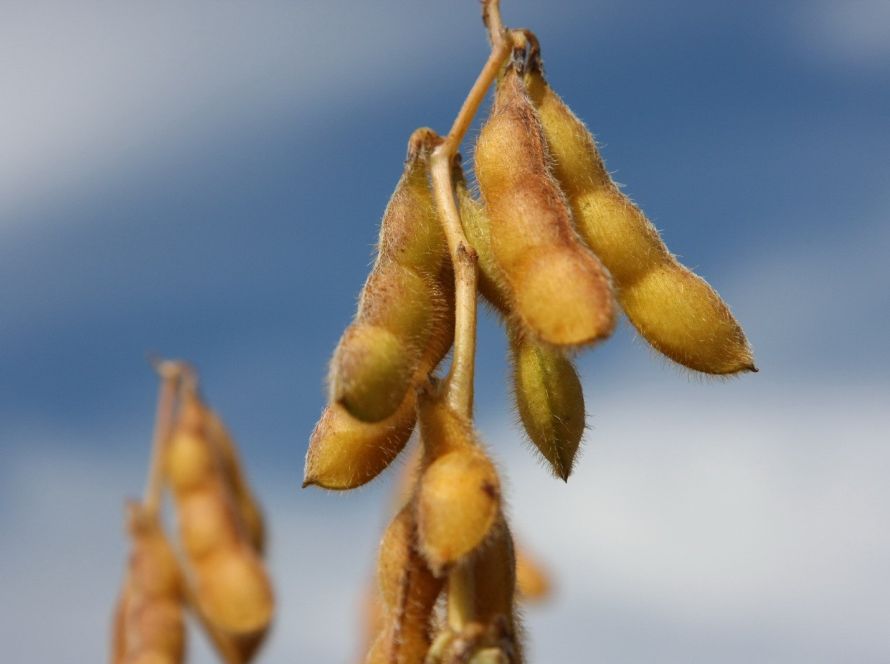Agrodefesa provides guidance to producers on actions to reduce the incidence of stunting transmitted by the corn leafhopper
In order to minimize possible losses caused by the pest, the Agency recommends that producers follow measures throughout the production cycle, with special attention to eliminating the corn tigerworm.
The Goiana Agricultural Defense Agency (Agrodefesa) is providing guidance to rural producers on how to care for corn crops, especially during the off-season and sowing of the second harvest that is approaching. In addition to phytosanitary measures related to production, the main focus is on preventing the corn leafhopper (Dalbulus maidis), an insect that causes corn stunt, a pest that can cause great damage to production in Goiás and nationwide.
The president of Agrodefesa, José Ricardo Caixeta Ramos, reports that the Agency has adopted health education actions, together with the production chain, to ensure plant health and crop productivity. “Agrodefesa has sought to raise awareness among producers, who are our partners, about the application of effective strategies to prevent corn crop pests. Goiás is currently one of the main national producers of the grain and attention is needed regarding compliance with phytosanitary measures, including integrated pest management,” he argues.
The state is currently the third largest corn producer in Brazil, according to the latest survey by the National Supply Company (Conab). The estimated production for the 2024/2025 harvest in Goiás is 12.7 million tons, an increase of 12.7% compared to the previous harvest. The planted area is also expected to grow from 1.74 million hectares to 1.88 million hectares – an increase of 8.1%.
The corn leafhopper is the insect vector of bacteria (spiroplasma and phytoplasma) belonging to the molliculitis class. Spiroplasma (Spiroplasma kunkelli) causes pale stunt, while phytoplasma (Maize bushy stunt phytoplasma) causes red stunt. According to information from the Brazilian Agricultural Research Corporation (Embrapa), corn stunt has been among the most worrying pests for the crop in recent harvests, with severe losses in several regions of the country, which can reach 100% of the plantation, depending on the time of infection and the susceptibility of the cultivar planted.
Agrodefesa’s Plant Health Manager, Daniela Rézio, explains that preventing the spread of corn leafhoppers requires attention throughout the entire production process. “No single action is sufficient to control corn leafhoppers and corn stunt. However, producers using several preventive measures simultaneously can significantly reduce the risk of damage caused by these pests,” she emphasizes.
In this way, Agrodefesa has developed health education actions, in partnership with research institutions and professional associations, to alert producers about the importance of eliminating the corn leafhopper. Among these initiatives is the “Zero Corn Leafhopper” Campaign, created by the researcher and owner of the Agro Rattes Research Station, Dr. Jurema Rattes, with a focus on raising awareness among producers about the elimination of volunteer plants that can become hosts for the corn leafhopper.
The coordinator of the Agrodefesa Large Crops Program, Mário Sérgio de Oliveira, explains that the corn leafhopper can serve as a bridge between one harvest and another and encourage the perpetuation of the pest in the field. “The populations of the D. maidis leafhopper concentrate on the seedlings of corn leafhoppers for shelter, food and to lay eggs. When there is at least one infective leafhopper in a group of corn leafhoppers, which moves between these plants to feed, these pathogens are transmitted to all the other plants. That is why it is important to eliminate this volunteer corn outside the harvest period”, he explains.
Other measures adopted include training for state agricultural inspectors from Agrodefesa, with the participation of representatives from the campaign's partner organizations, so that they can work to raise awareness among rural producers about the importance of eliminating volunteer corn plants. Information bulletins are also being distributed to rural producers and others involved in the agribusiness chain in Goiás, prepared by Agrodefesa.
Corn Leafhopper Management
Agrodefesa carries out health education actions throughout the entire production cycle, to guide producers on the care that should be taken during the off-season, sowing, cultivation, harvesting and post-harvest, with the aim of alerting producers about the management of the leafhopper, responsible for transmitting diseases such as pale and red stunt. The actions were listed by Embrapa and the Ministry of Agriculture and Livestock and detail good practices that should be adopted at all stages of production:
Off-season
Eliminate volunteer corn plants (tigueras) and keep the crop clean, free of weeds.
Sowing
Synchronize the sowing period in the region;
Avoid planting corn near older crops with a high incidence of stunting;
Use corn hybrids with greater genetic tolerance to stunting;
Use certified seeds and treat them with insecticides registered with Mapa;
Treat seeds to reduce transmission of mollicutes in the early stages of the crop.
Cultivation
Monitor the presence of leafhoppers between the VE (emergence) and V8 (eighth leaf) phases of corn and apply the recommended control methods to reduce the leafhopper population as much as possible;
Rotate modes of action to avoid leafhopper resistance to insecticides;
Control the quality of the harvest and avoid the loss of ears and grains.
After harvest
Transport harvested corn correctly to avoid grain loss on the roads;
Rotate crops and avoid successive planting of grasses.
Pest and Disease Guide
In addition to these measures, Agrodefesa has prepared a Pest and Disease Guide on corn stunt. The informative material contains key information about the pest, such as the vector, symptoms, transmission and management, to guide producers, technicians, students and other audiences. The digital booklet is available on the Agency's Instagram page and can be accessed via the link: https://www.instagram.com/p/DFtEPPQvM3F/?igsh=aDUybnBrYTJtM3J6&img_index=2 .





